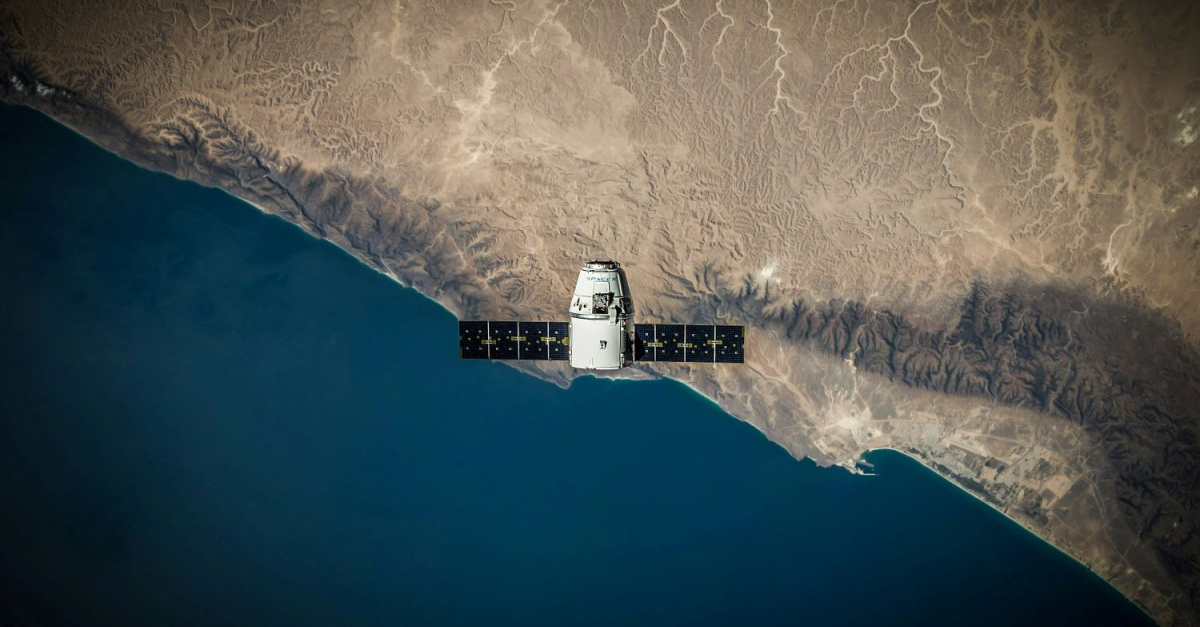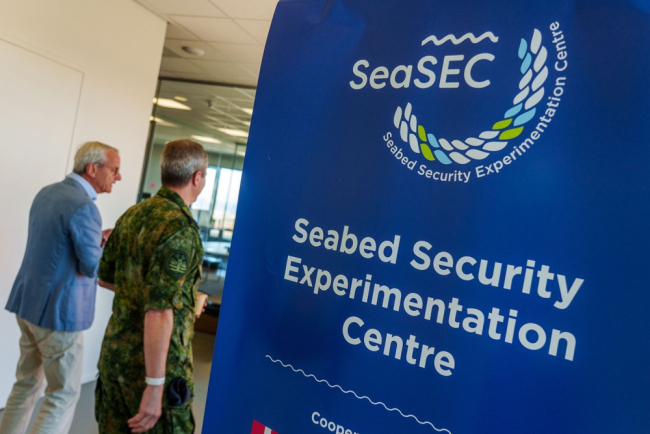The coast and seabed of The Hague is a key testing ground for new initiatives to defend the North Sea from emerging global threats.
We are used to seeing modern warfare conducted from the air with missiles and drones, but there is also an increasing threat from under the sea.
In 2022 the Nord Stream gas pipelines connecting Russia and Germany were sabotaged causing severe disruption and affecting the power supply of much of Europe. In the wake of this and other threats, the six countries with shallow-water coastlines along the Baltic Sea and the North Sea came together to found the Seabed Security Experimentation Centre - or SeaSEC - which is tasked with developing new technologies to protect undersea infrastructure.
SeaSEC protects northern seabed infrastructure
SeaSEC is a unique collaboration. The Ministries of Defence of Sweden, Norway, Denmark, Finland, Germany, and the Netherlands, who already form an alliance known as the Northern Naval Capability Cooperation, work alongside stakeholders in the private sector to safeguard critical power pipelines and communications cables buried beneath the seabed.
Scheveningen hosts seabed security exercises
In such difficult conditions, SeaSEC has engaged more than 20 commercial organizations and research institutes. In May 2025, they participated in a Challenge Week at SeaSEC’s maritime testing grounds off the coast of Scheveningen near The Hague. The companies were asked to perform tasks such as mapping the seabed, and identifying threats such as mines and drones. At the end of the week, the Ministries of Defence were able to identify solutions that might be ready for deployment in military or operational environments.
But such a diversity of stakeholders across six individual countries can bring further challenges in terms of decision-making and overcoming administrative barriers that can slow down procurement and the implementation of any new technologies.
A critical part of SeaSEC’s mission is the idea of action over rhetoric, so there is a clear imperative for the six governments to do what they can to speed up and streamline collaborative undersea infrastructure projects.
Read more

Why satellite cybersecurity is necessary and effective.
Globals Inc. joins The Hague's cybersecurity hub, protecting satellites worldwide from cyber threats and boosting global tech resilience.

World's first commercial Seaweed Farm within a wind farm
First commercial seaweed farm will open within the Hollandse Kust Zuid (HKZ) wind farm, located approximately 18 kilometers off the coast between The Hague ...
Seabed Security Experimentation Centre
Accelerating the development and adoption of capabilities to secure undersea infrastructure in shallow waters
